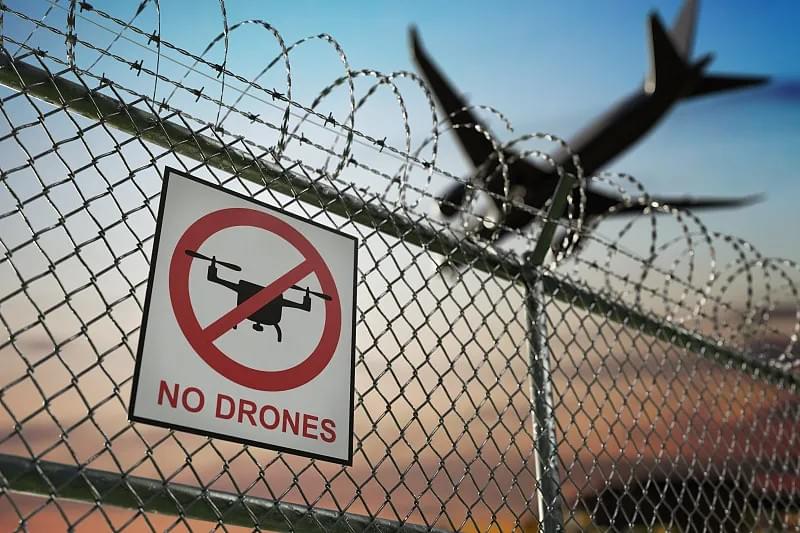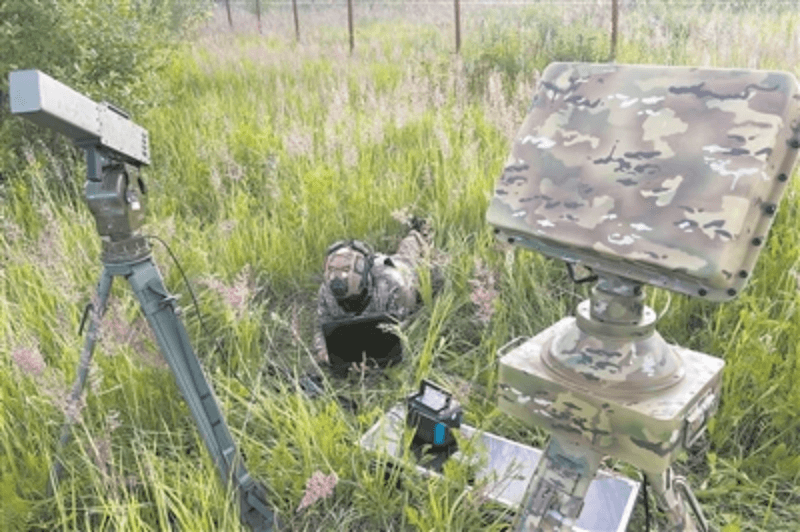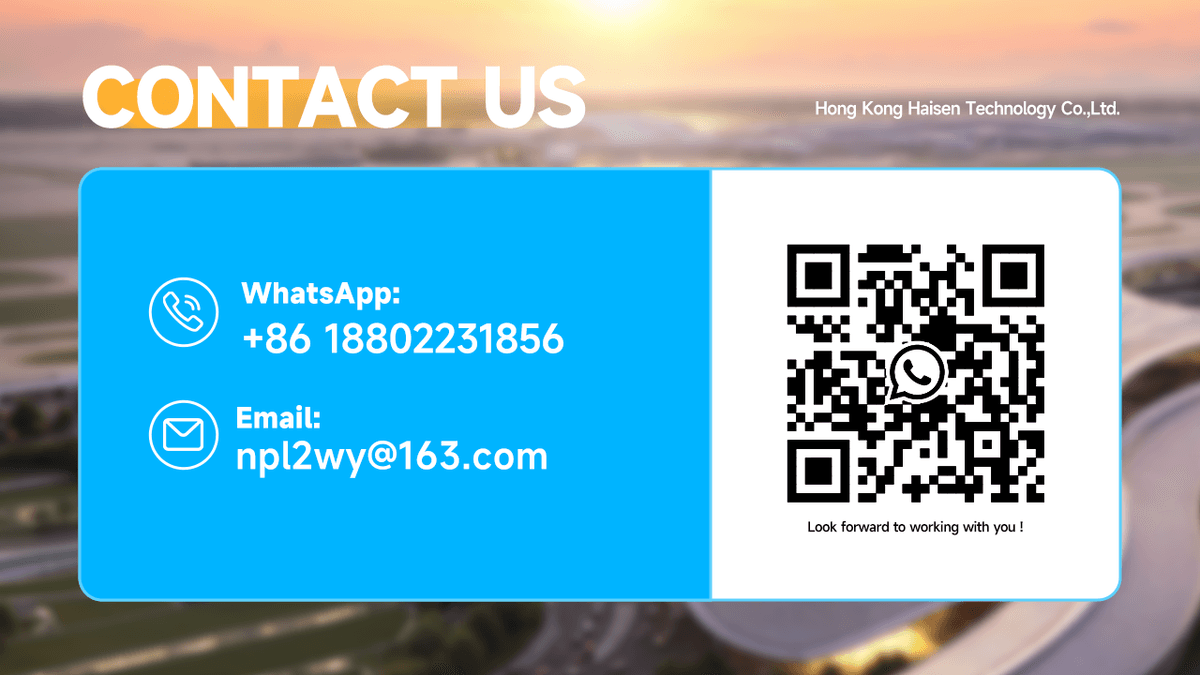In today’s tech-driven world, Counter-Drone Defense Solutions & Systems have become indispensable for safeguarding public safety, privacy, and critical infrastructure. As drones grow more accessible and versatile, their misuse—from unauthorized surveillance to malicious intrusions—poses unprecedented risks that demand proactive and robust defense measures. This comprehensive guide explores the latest innovations, leading technologies, and practical strategies to help organizations and security professionals navigate the complex landscape of drone threats, empowering them to choose and implement the most effective counter-drone solutions tailored to their unique needs.

The Escalating Drone Threat Landscape: Why Defense Matters
Drones, once niche tools for hobbyists and professionals, have evolved into widespread devices with minimal barriers to entry. Their affordability, ease of operation, and ability to carry payloads—from cameras to dangerous materials—have made them a favored tool for malicious actors, including trespassers, cybercriminals, and even terrorists. Recent years have seen a surge in drone-related incidents: airports forced to divert flights due to unauthorized UAVs (Unmanned Aerial Vehicles), government facilities targeted for surveillance, and public events disrupted by rogue drones. These incidents highlight a critical gap in traditional security frameworks, which often fail to detect or neutralize low-altitude, small-sized drones that slip past conventional radar and CCTV systems.
The urgency to adopt Counter-Drone Defense Solutions & Systems stems from the dynamic nature of drone threats. Modern drones can fly at low altitudes, navigate tight spaces, and operate autonomously, making them difficult to track and intercept. Moreover, advances in drone technology—such as longer battery life, improved maneuverability, and encrypted communication—have raised the stakes for security teams. Without dedicated counter-drone measures, organizations face significant risks: data breaches from aerial surveillance, physical damage to infrastructure, reputational harm, and even threats to human life. For governments, military institutions, corporations, and event organizers alike, investing in effective counter-drone systems is no longer an option but a necessity to maintain safety and security in an increasingly drone-saturated world.

Core Components of Effective Counter-Drone Defense Solutions & Systems
A robust Counter-Drone Defense Solution & System is built on three foundational pillars: detection, tracking, and neutralization. These components work in tandem to create a layered defense that identifies threats early, monitors their movement, and disables them without causing collateral damage. Below is a detailed breakdown of each core function and the technologies that power them.
Detection: Identifying Threats Before They Strike
Detection is the first line of defense in any counter-drone strategy, as early identification allows security teams to respond quickly and prevent potential harm. Effective detection technologies must be capable of identifying drones across various environments—urban, rural, and industrial—and overcoming challenges like signal interference, clutter from other electronic devices, and low-visibility conditions.
Key detection technologies integrated into leading Counter-Drone Defense Solutions & Systems include:
- Radar Systems: Advanced radar technology, such as Haisen's TQ-R Series Low-Altitude Detection Radar, specializes in detecting small, slow-moving drones at low altitudes. These systems use high-frequency waves to scan airspace, identifying targets by their size, speed, and movement patterns. Unlike conventional radar, low-altitude detection radars can track multiple UAVs simultaneously, providing real-time data on their location and trajectory.
- Radio Frequency (RF) Detection: RF detectors scan the electromagnetic spectrum to identify the communication signals between drones and their operators. Since most commercial drones rely on 2.4GHz or 5.8GHz frequencies for control and data transmission, RF detection equipment can pinpoint unauthorized UAVs by detecting these unique signal signatures. This technology is particularly effective in urban environments where radar may be hindered by buildings.
- Audio and Visual Recognition: Systems like DroneShield leverage audio recognition technology to detect the distinct sound of drone propellers, even in noisy environments. Paired with high-resolution cameras and machine learning algorithms, these solutions can visually identify drones, distinguishing them from birds or other aerial objects. Visual tracking also provides security teams with real-time footage of the threat, aiding in decision-making.
- Frequency Band Spectrum Detection: This specialized technology scans a wide range of frequency bands used by drones, including those for GPS navigation and video transmission. By analyzing signal patterns, spectrum detection equipment can not only identify drones but also determine their make and model, helping security teams assess the level of threat.

Tracking: Monitoring Threats in Real Time
Once a drone is detected, tracking technologies ensure security teams can monitor its movement continuously, gathering critical data to inform response actions. Effective tracking requires precision and speed, as drones can change direction rapidly and operate in complex airspace.
Leading tracking features in Counter-Drone Defense Solutions & Systems include:
- AI-Powered Target Lock: Machine learning algorithms enable systems to lock onto drones and track them even as they maneuver. This technology reduces false alarms by distinguishing drones from other moving objects and adapting to changes in the drone’s flight path.
- Multi-Sensor Fusion: By combining data from radar, RF detectors, cameras, and audio sensors, counter-drone systems create a comprehensive, real-time view of the threat. This fusion eliminates blind spots and ensures accurate tracking, even in challenging conditions like heavy rain or dense foliage.
- Geolocation: Advanced systems can pinpoint the location of the drone’s operator by triangulating RF signals. This feature is invaluable for law enforcement and security teams looking to apprehend malicious actors, adding a proactive layer to drone defense.

Legal and Regulatory Considerations for Counter-Drone Defense Solutions & Systems
Before implementing any counter-drone technology, it’s critical to understand the legal and regulatory landscape in your region. Drone jammers, in particular, are subject to strict regulations due to their potential to interfere with radio frequencies used by emergency services, commercial aviation, and other critical communications. Below are key legal considerations to keep in mind:
Drone Jammer Legality
In most countries, including the United States, Canada, and members of the European Union, operating a drone jammer without explicit government authorization is illegal. For example, in the U.S., the Federal Communications Commission (FCC) prohibits the use of jamming devices, as they violate the Communications Act of 1934. Penalties for unauthorized use can include fines of up to $112,500 per violation and criminal charges.
Exceptions may be made for government agencies, military personnel, and authorized security providers protecting critical infrastructure. Organizations seeking to use jammers must obtain permits from relevant regulatory bodies, demonstrating a legitimate need for the technology and a plan to minimize interference with other systems.
Compliance with Aviation Regulations
Counter-Drone Defense Solutions & Systems must also comply with aviation regulations to avoid endangering legitimate air traffic. In many countries, drones—including anti-drone drones—are classified as UAVs and must adhere to flight restrictions, such as altitude limits and no-fly zones. Organizations deploying anti-drone drones must ensure their operators are licensed and that the systems meet safety standards set by aviation authorities.
Privacy Considerations
Drone detection and neutralization technologies may involve collecting data on individuals operating drones, raising privacy concerns. Organizations must comply with data protection laws, such as the General Data Protection Regulation (GDPR) in the EU, by minimizing data collection, securing stored information, and providing transparency to individuals about how their data is used.
Integrating Counter-Drone Defense Solutions & Systems into Existing Security Infrastructure
For maximum effectiveness, Counter-Drone Defense Solutions & Systems should be integrated seamlessly with existing security frameworks. This integration ensures that security teams can respond to drone threats quickly and efficiently, without disrupting ongoing operations. Below is a step-by-step guide to successful integration:
Step 1: Assess Current Security Capabilities
Begin by evaluating your existing security infrastructure to identify gaps and opportunities for integration. Consider factors such as:
- Current surveillance tools (CCTV, radar, motion sensors).
- Communication systems (emergency alerts, staff radios).
- Response protocols for aerial threats.
- Regulatory compliance requirements.
This assessment will help you determine which counter-drone technologies complement your existing systems and address specific vulnerabilities.
Step 2: Choose Compatible Technologies
Select Counter-Drone Defense Solutions & Systems that are compatible with your current security tools. Look for systems with open APIs (Application Programming Interfaces) or pre-built integrations with popular security platforms. For example, if you use a centralized security management system, choose a counter-drone solution that can feed data into this platform, providing a unified view of threats.
Step 3: Develop a Unified Response Protocol
Integrate counter-drone measures into your existing emergency response protocols. Train staff to recognize drone threats, use the counter-drone system, and coordinate with relevant authorities (e.g., law enforcement, aviation regulators). Establish clear roles and responsibilities to ensure a rapid and coordinated response.
Step 4: Test and Optimize the System
Before full deployment, conduct thorough testing to ensure the counter-drone system works seamlessly with your existing infrastructure. Test scenarios should include detecting and neutralizing drones in various environments, as well as simulating false alarms to train staff on proper response. Use test results to optimize the system, adjusting settings for maximum accuracy and minimizing interference.

The Future of Counter-Drone Defense Solutions & Systems
As drone technology continues to evolve, so too will counter-drone defenses. Below are key trends shaping the future of the industry, offering a glimpse into the innovations that will define the next generation of counter-drone solutions:
AI and Machine Learning Advancements
AI and machine learning will play an increasingly central role in Counter-Drone Defense Solutions & Systems, enabling faster threat detection, more accurate target classification, and autonomous response. Future systems will use AI to analyze drone behavior patterns, predict potential threats, and adapt to new drone technologies in real time. For example, AI-powered systems may be able to identify modified or custom drones that traditional detection tools miss.
Autonomous Anti-Drone Drones
The development of fully autonomous anti-drone drones will revolutionize aerial defense. These “drone hunters” will be able to detect, track, and neutralize rogue drones without human intervention, providing 24/7 protection for critical infrastructure and public spaces. Autonomous anti-drone drones will also feature improved battery life and maneuverability, allowing them to operate in challenging environments for extended periods.
Miniaturization and Portability
Counter-drone technology will become smaller, lighter, and more portable, making it accessible to a wider range of users. Portable jammers, handheld detection devices, and compact anti-drone drones will enable law enforcement, event organizers, and small businesses to deploy defense measures quickly and cost-effectively.
Multi-Layered, Cloud-Native Platforms
Future Counter-Drone Defense Solutions & Systems will be built on cloud-native platforms that integrate multiple layers of defense—detection, tracking, neutralization, and analytics—into a single, scalable solution. These platforms will allow organizations to monitor threats remotely, access real-time data, and update their systems with the latest threat intelligence, ensuring long-term effectiveness against evolving drone technologies.
Choosing the Right Counter-Drone Defense Solution & System for Your Needs
With so many options available, selecting the right Counter-Drone Defense Solution & System requires careful consideration of your specific needs, budget, and environment. Below are key factors to guide your decision:
Threat Level and Risk Assessment
Start by conducting a comprehensive risk assessment to identify the types of drone threats you face. For example, a military base may need long-range detection and powerful neutralization tools, while a corporate campus may prioritize discrete detection and non-destructive neutralization. Understanding your threat level will help you prioritize features like range, detection accuracy, and neutralization method.
Environment and Deployment Requirements
Consider the environment where the system will be deployed. Urban environments may require RF detection and portable jammers to navigate buildings and signal interference, while rural areas may benefit from long-range radar and anti-drone drones. Also, determine whether you need fixed systems (for permanent facilities) or portable solutions (for temporary events or mobile security teams).
Integration with Existing Infrastructure
Choose a system that integrates seamlessly with your current security tools to avoid redundancy and ensure efficient operation. Look for compatibility with CCTV, access control systems, and emergency alert platforms, as well as support for open APIs if you need custom integrations.
Budget and Total Cost of Ownership
Consider not just the initial purchase price but also the total cost of ownership, including installation, training, maintenance, and software updates. While some systems may have a higher upfront cost, they may offer better long-term value through scalability, reliability, and low maintenance requirements.
Legal Compliance
Ensure the system complies with local regulations, particularly regarding drone jammers and anti-drone drones. Work with a reputable provider that can assist with obtaining necessary permits and ensuring compliance with aviation and data protection laws.

Conclusion: Invest in Proactive Protection with Counter-Drone Defense Solutions & Systems
In an era where drone threats are becoming more frequent and sophisticated, Counter-Drone Defense Solutions & Systems are no longer a luxury but a critical component of modern security. By combining advanced detection, tracking, and neutralization technologies, these systems provide organizations with the tools to safeguard their people, property, and data from rogue drones. Whether you’re protecting a military base, airport, corporate campus, or public event, the right counter-drone solution can help you stay one step ahead of emerging threats.
When choosing a Counter-Drone Defense Solution & System, prioritize compatibility with your existing infrastructure, compliance with legal regulations, and alignment with your specific risk profile. Partner with a trusted provider that offers comprehensive support, from initial assessment and installation to training and maintenance. With the right system in place, you can enjoy peace of mind knowing that your airspace is protected by cutting-edge technology designed to address the challenges of today’s drone threat landscape.
The future of counter-drone defense is dynamic and innovative, with AI, autonomous systems, and cloud-native platforms leading the way. By investing in these technologies today, you’re not just addressing current threats—you’re building a resilient security framework that can adapt to the evolving drone landscape for years to come. Don’t wait until a drone incident disrupts your operations or endangers lives; take proactive action and invest in the best Counter-Drone Defense Solution & System for your needs.
Are you ready to enhance your security with top-tier Counter-Drone Defense Solutions & Systems? Contact our team of experts today for a free consultation and customized quote. Our specialists will work with you to assess your needs, recommend the right technology, and guide you through every step of implementation—ensuring you get the most effective protection for your organization.
Would you like me to help you create a custom counter-drone solution assessment checklist tailored to your specific industry (e.g., aviation, military, corporate) to streamline your decision-making process?

